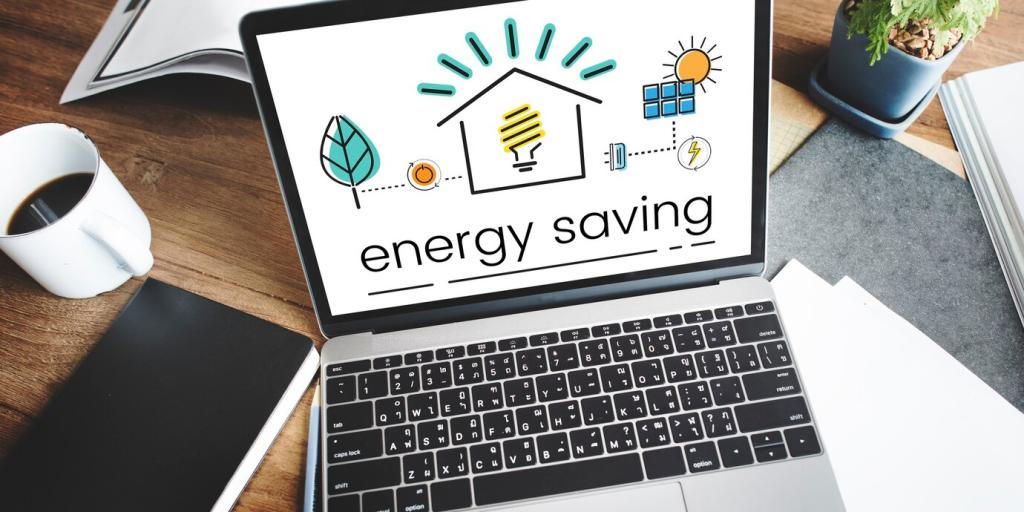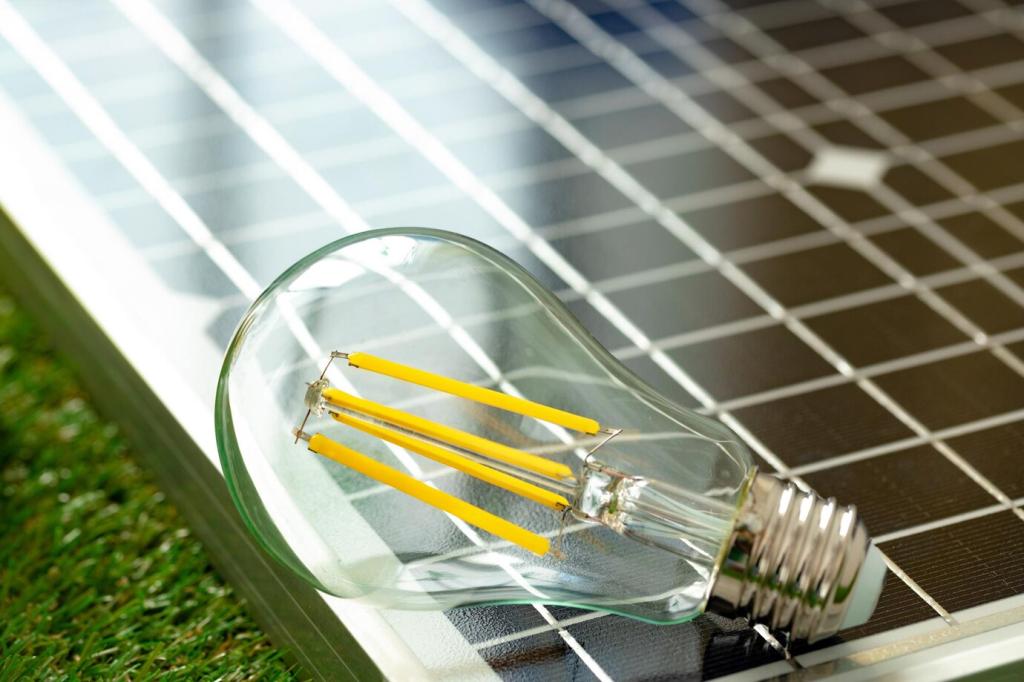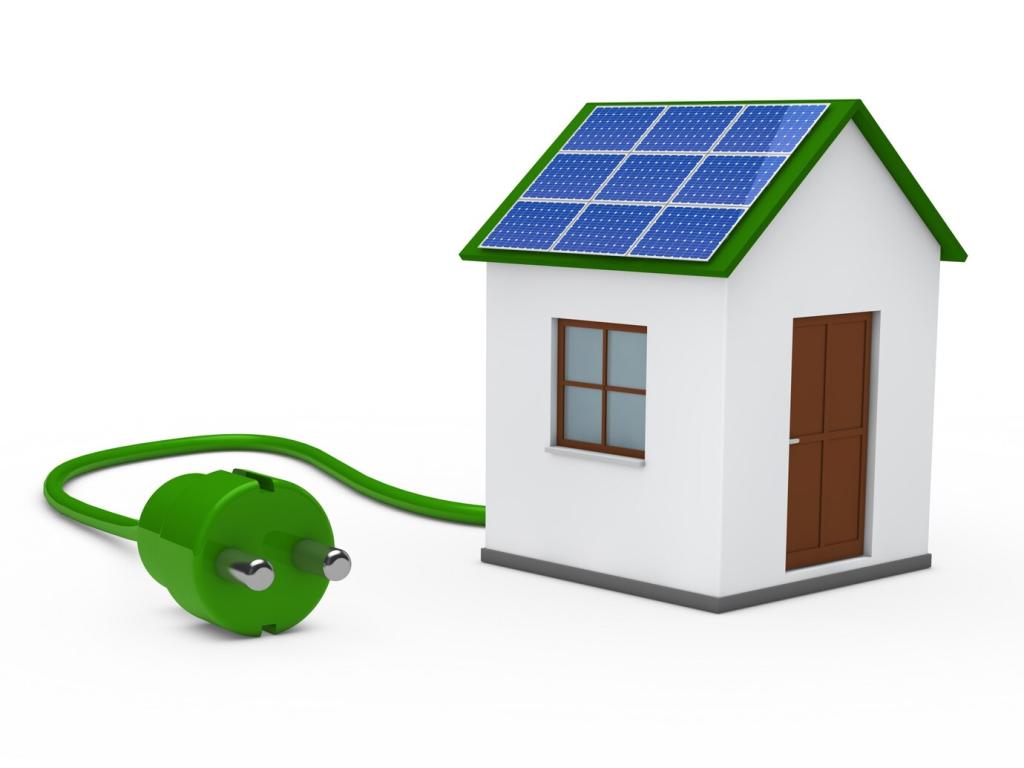
Frequently Asked Questions About Solar Panel Subscriptions
Today’s chosen theme: Frequently Asked Questions About Solar Panel Subscriptions. Welcome! This page demystifies how solar subscriptions work, what they cost, and how they fit into everyday life. Have a question we didn’t cover? Ask in the comments and subscribe for friendly, jargon-free updates.


How Solar Panel Subscriptions Work
With a subscription, you pay a predictable fee for energy or energy credits without buying the equipment. Purchasing means you own the panels and assume maintenance, incentives, and performance risks, but also gain potential long-term savings.
How Solar Panel Subscriptions Work
In most subscriptions, the provider owns the panels, coordinates installation, and handles maintenance. You benefit from generated power or bill credits while sidestepping repairs, inverter replacements, and routine inspections that homeowners otherwise manage.
Costs, Savings, and Billing Made Clear
Monthly Fees and Price Structures
Providers commonly charge a flat monthly fee, a per-kilowatt-hour rate, or a blended model. Look for any escalator clauses that raise costs annually, and confirm whether rates are fixed, capped, or tied to utility pricing.
Bill Credits and Net Metering Basics
Instead of electricity flowing directly from your roof, many subscriptions deliver bill credits calculated from your share of solar production. Credits reduce your utility charges, and any leftover may roll over, depending on local regulations and policy.
Understanding Your Utility Bill with a Subscription
Expect two line items: your normal utility bill and a separate subscription charge or net credit adjustment. Track seasonal swings in production, and compare estimated savings against actual statements quarterly to ensure expectations match reality.
Contracts, Terms, and Flexibility
Contract Length and Renewal Options
Terms vary from month-to-month to multi-year commitments. Shorter agreements offer flexibility but may cost more. Longer terms can deliver stable pricing, yet require confidence in your residency plans and comfort with potential policy changes.
Cancellation and Exit Paths
Good contracts outline clear exit options: notice periods, transfer rules, and any early termination fees. Ask whether relocation waives penalties, and verify how long you have to test performance before committing fully.
Price Escalators, Caps, and Guarantees
Some subscriptions include annual price escalators, often one to three percent. Request caps, production guarantees, and bill-credit floors that protect savings. Ensure these protections are explicitly defined rather than implied in marketing materials.

Eligibility, Roofs, and Renters
If your subscription involves rooftop panels, installers evaluate sun exposure, shading, roof age, and structural integrity. South-facing areas help, but design creativity can succeed even with complex roofs when tilt and racking are optimized.
Renters often use offsite or community solar subscriptions that assign production from a shared array to their utility account. Condo owners can explore building-level agreements or community allocations coordinated by the association and the provider.
Community solar subscriptions allocate a portion of a larger solar farm’s output to you. You receive bill credits proportional to your share, ideal for households without suitable roofs or those seeking flexible, transferable arrangements.

Performance, Maintenance, and Reliability
Most providers supply an app or portal showing daily production and estimated credits. Compare app data with utility statements, and set calendar reminders to flag anomalies early so support can investigate before savings drift.


Performance, Maintenance, and Reliability
Clouds, snow, and shorter winter days reduce output; long, sunny stretches boost it. During grid outages, subscriptions typically do not power your home unless paired with battery storage. Ask about resilience options and costs.
Environmental and Community Impact
Each kilowatt-hour of solar displaces fossil generation, trimming greenhouse gases and pollution. Ask providers for projected annual emissions avoided, then track actual results to celebrate tangible climate wins with your community and family.
Environmental and Community Impact
Subscriptions help finance new projects, supporting electricians, roofers, engineers, and maintenance teams. Distributed solar can reduce peak strain on feeders and transformers, improving resilience when heat waves or cold snaps push demand higher.


